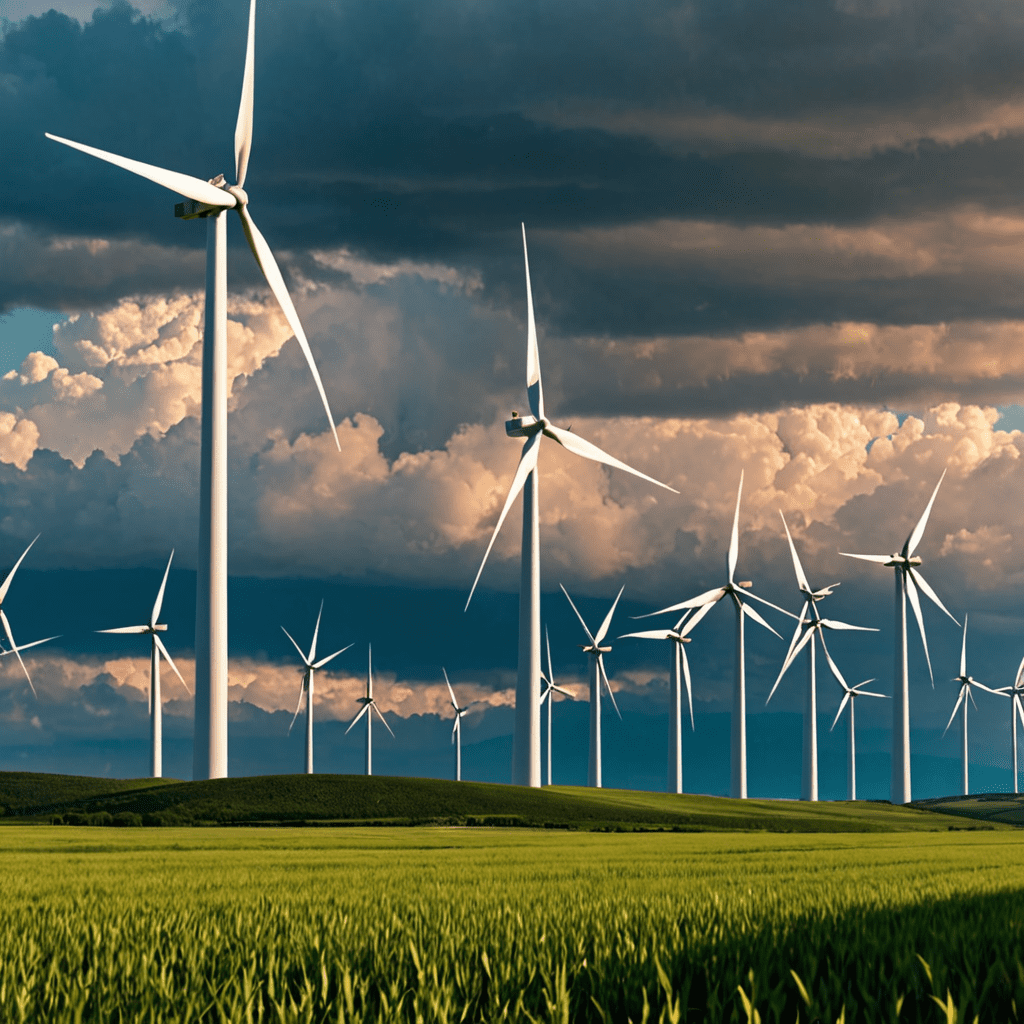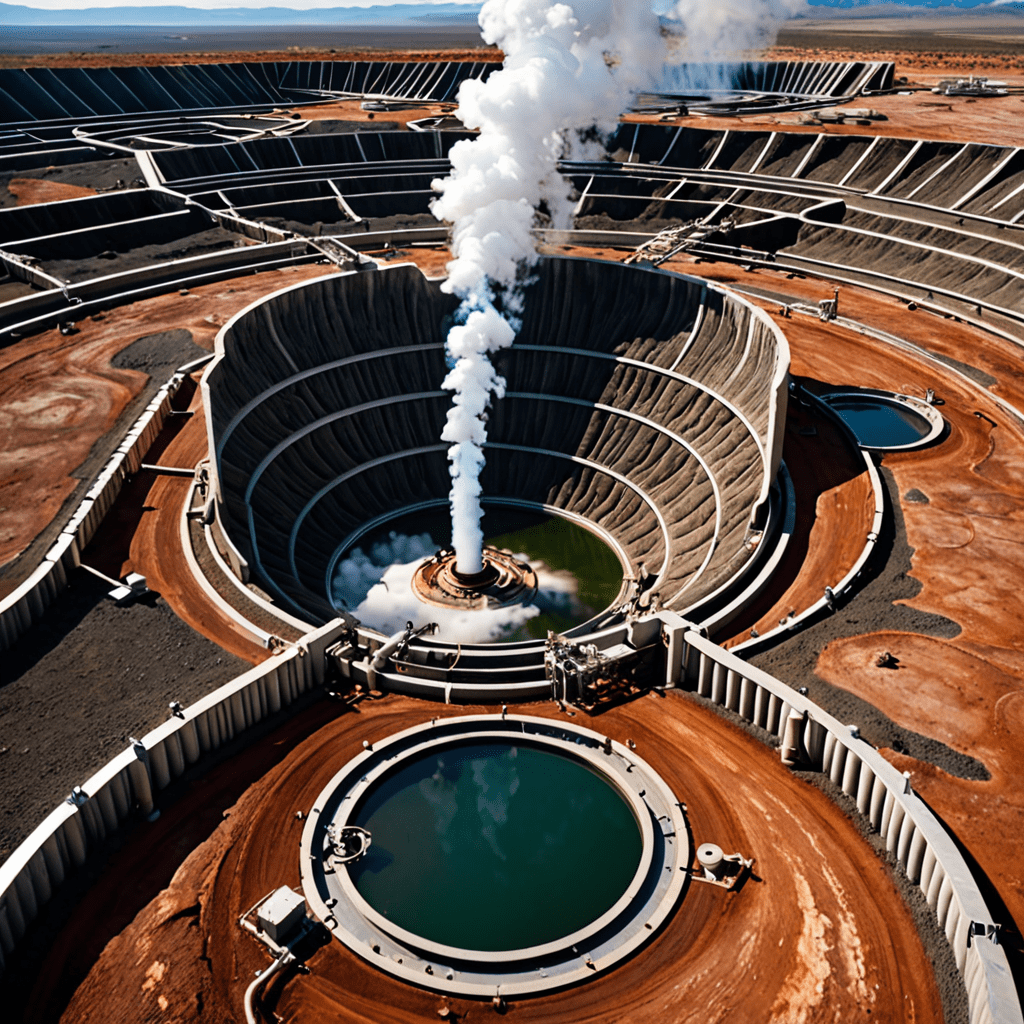The Influence of Wind Energy on Human Health
Introduction
Wind energy has emerged as a crucial component of renewable energy sources globally, contributing significantly to reducing carbon emissions. While its environmental benefits are well-documented, it is essential to explore how wind energy impacts human health.
Air Quality Improvement
One of the most significant advantages of wind energy is its role in enhancing air quality. Unlike fossil fuel power plants, wind turbines do not emit harmful pollutants like sulfur dioxide or nitrogen oxides, which are detrimental to respiratory health.
Noise Pollution Consideration
Although wind turbines generate minimal noise compared to many other industrial sources, some individuals living in close proximity to wind farms may experience noise-related issues. Studies continue to assess the impact of this noise on human well-being.
Visual Impact and Mental Health
Wind turbines’ visual presence in landscapes has sparked debates regarding their aesthetic impact. While some find them visually appealing, others may experience negative psychological effects from their presence. Understanding these perceptions is crucial for minimizing any adverse effects on mental health.
Electromagnetic Fields (EMF)
Concerns have been raised regarding electromagnetic fields produced by the electrical systems in wind turbines. Researchers are actively investigating the potential health implications of prolonged exposure to EMF to ensure the safety of communities near wind farms.
Health Studies and Community Engagement
Ongoing health studies are essential to comprehensively analyze the impact of wind energy on human health. Engaging with local communities and considering their feedback and concerns is crucial for developing sustainable wind energy projects that prioritize public health.
Conclusion
As we harness the power of wind energy to combat climate change, understanding its implications on human health is paramount. By conducting rigorous research, prioritizing public engagement, and implementing appropriate mitigation measures, we can ensure that wind energy continues to be a clean and safe source of renewable energy for generations to come.
FAQ: Wind Energy’s Impact on Human Health
What are the potential health impacts of living near wind turbines?
Can wind energy have positive effects on human health?
Is there a risk of noise pollution from wind turbines affecting human health?



